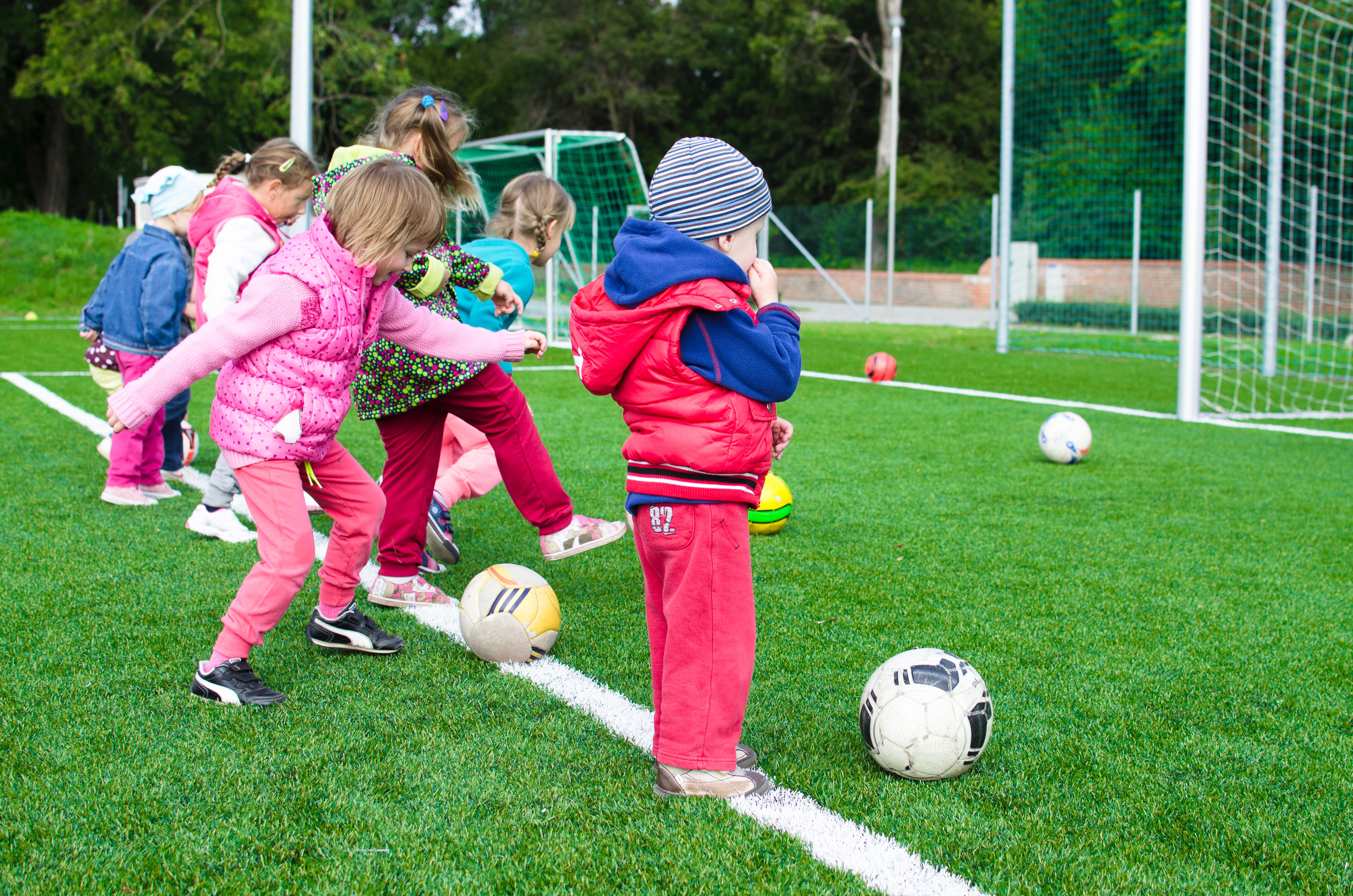Children generally have more physical energy than their adult counterparts. As a consequence, many participate in youth sports leagues, which not only provide physical activity, but also teach them to work effectively with their peers. Last year, Senator Capito (WV) proposed Senate Resolution 227 which marked July 16 – 22 as National Youth Sports Week. According to the bill, the week is, “a celebration of youth sports participation and all of the benefits youth derive from engagement in sports.”
In 2018, “[this] week… thousands of youth sports coaches, athletic directors, recreation directors, association members, sponsors, young athletes, and parents across the country show their support focusing on P.L.A.Y.S. ~ Physical activity, Living healthy, Access, Youth development, Safety.” While having access to the physical activity and youth development provided by sports, which is a key part of healthy living, is important, the S (safety) should always be included in the celebration.
***The bones of children are still in development and, therefore, weaker. Additionally, the coating of myelin, neuron fibers, in the brain of youth is still in development. Because of this, physical injury, including skull injury, is more common and more severe in children, than in adults. Particularly this can be found in sports, most notably in youth football, youth hockey and youth soccer, but the risk is present in all sports. (For example, this month, the CDC published an article that identifies brain infection/injury as a rare, but possible result of fresh water swimming.) Additionally, beyond physical safety, sports may affect the brain psychologically, but this affect can also be positive. New Jersey, among other states, has a youth sports concussion law, “to help reduce the risk of student-athletes suffering concussion, and its long-term consequences.” Included as a possible long-tern consequence is a traumatic brain injury.

